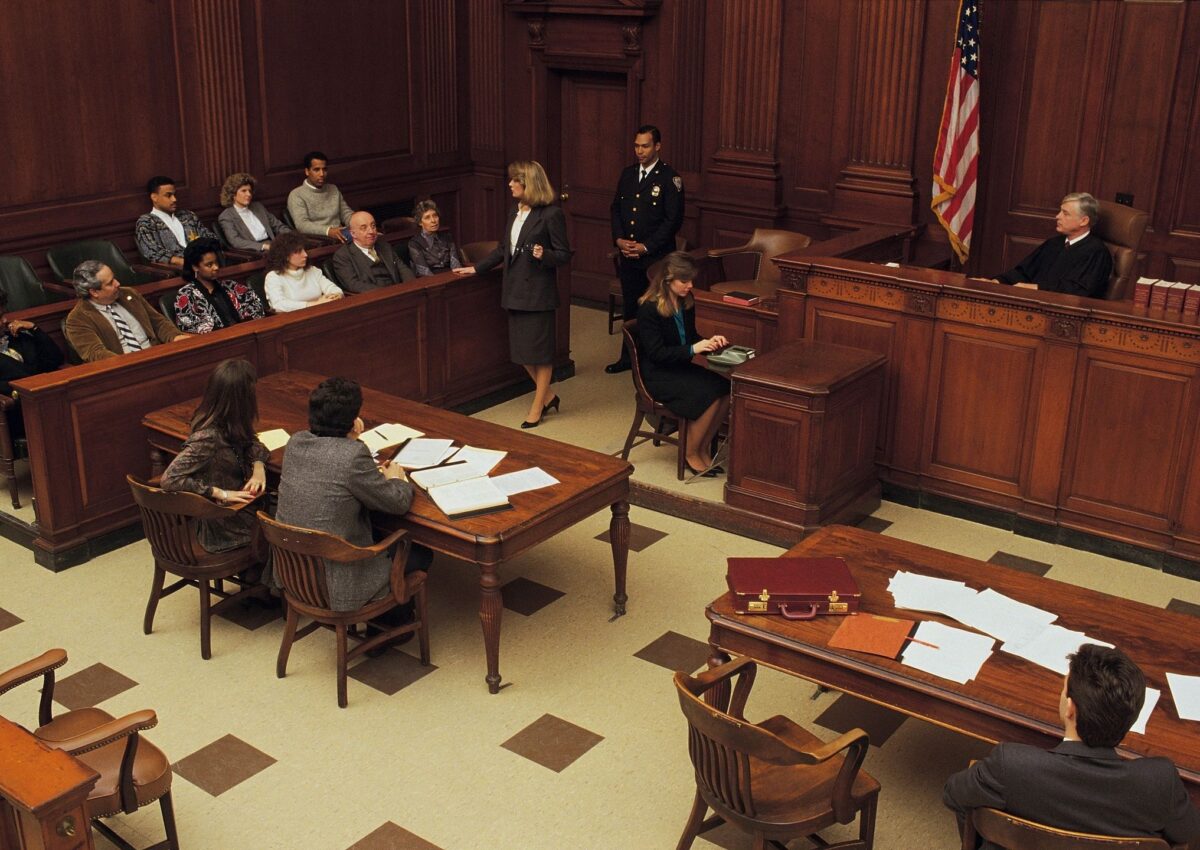
“Right to Make Opening Statement: Each party clearly has the right to make an opening statement. [See CCP §§ 607, 631.7; People v. Arnold (1926) 199 C 471, 486, 250 P 168, 174] CCP § 607, regulating the order of proceedings in jury trials, provides: “When the jury has been sworn, the trial must proceed in the following order, unless the court, for special reasons otherwise directs: 1. The plaintiff may state the issue and his case; 2. The defendant may then state his defense, if he so wishes, or wait until after plaintiff has produced his evidence …” [CCP § 607(1), (2) (emphasis added)] No rebuttal by plaintiff: Each party is entitled to make only one opening statement. Plaintiff normally goes first; then defendant. There is no opportunity, therefore, for plaintiff to “rebut” statements made by defendant in its opening. Purpose of Opening Statement: Opening statement allows counsel to outline the facts counsel intends to prove at trial. Its purpose is “to prepare the minds of the jury to follow the evidence and to more readily discern its materiality, force and effect.” [People v. Arnold (1926) 199 C 471, 486, 250 P 168, 174; People v. Green (1956) 47 C2d 209, 215, 302 P2d 307, 312 (disapproved on other grounds by People v. Morse (1964) 60 C2d 631, 648-649, 36 CR 201, 212 & fn. 2); People v. Navarro (2021) 12 C5th 285, 317, 285 CR3d 861, 891] Not a limit on evidence to be introduced: Failure to mention a particular topic during opening statement does not affect the right to introduce evidence thereon: “[T]he opening statements of counsel are not a limitation upon the right of either party to introduce evidence of facts not referred to.” [People v. Mihaly (1928) 95 CA 563, 565, 272 P 1103, 1104]”
[California Practice Guide Civil Trials & Evidence [certain citations omitted]]
Law Offices of James R. Dickinson – 909-848-8448
How To Schedule A Consultation:
Please call us at 909-848-8448 to schedule a free consultation/case evaluation or complete the form immediately below. [Please note certain formalities must be completed to retain the Law Offices of James R. Dickinson, such as the signing of a legal fee agreement [see “Disclaimers”]].
